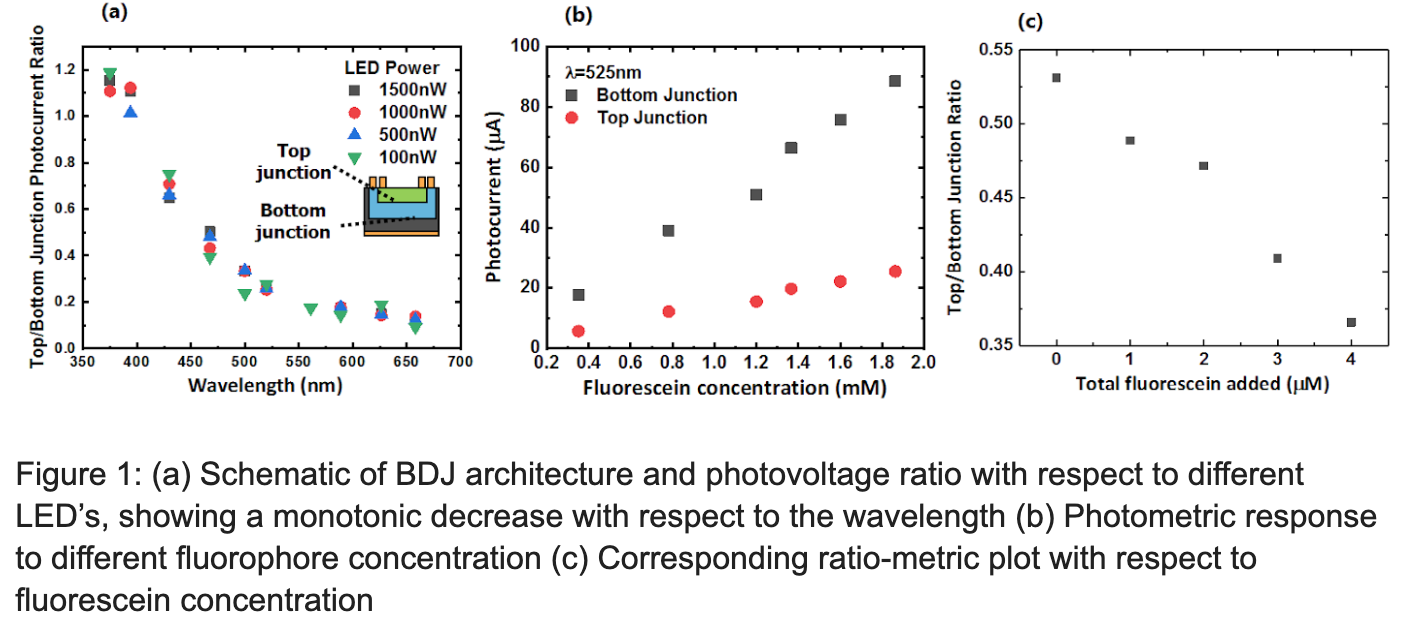Research
MEMS Fabrication
To further elucidate the interaction between electro-osmotic flow and surface charge, we are building a nanochannel with an embedded electrode. Such a system can directly change the surface charge by applying voltage. This novel technique provides several advantages, including the use of only one electrolyte solution, the ability to directly modulate the electric double layer (EDL) by applying potentials on the embedded electrodes, and the production of predictable sample plugs.

We are working to improve a new approach to harvesting electrical energy from a pressure-driven multiphase system. The Liquid-Metal Microfluidic Portable Energy Transducer (LiMMPET) is the modern, microfluidic representation of a classical Wimshurst machine. Alternating droplets of conducting and insulating fluids flowing in a serpentine microchannel capacitively interact to cause charge separation between two connected liquid metal droplets via an embedded microfabricated electrode.
To realize the microliter scale of biofluid extraction, we additionally designed and fabricated a microneedle array that can puncture viscoelastic skin far less painlessly than the commercially available CGM’s. However, it has been shown that producing microneedles in a sharp, beveled form with complete control of the needle geometries is difficult to achieve with the current with microelectromechanical fabrication techniques, hindering the mass commercialization of microneedles in the medical field.

In this work, we are developing an integrated optical detector for use in continuous glucose monitors (CGM’s). Fluorescence-based optical sensing of biology offers sensitivity and specificity for the measurement of analytes of interest and has been thus successfully commercialized and employed for a plethora of research applications. Ratiometric optical sensing is especially preferred over a single color fluorescence measurement platform because of its insensitivity to the light scattering, surface reflection, and radiation fluctuation.